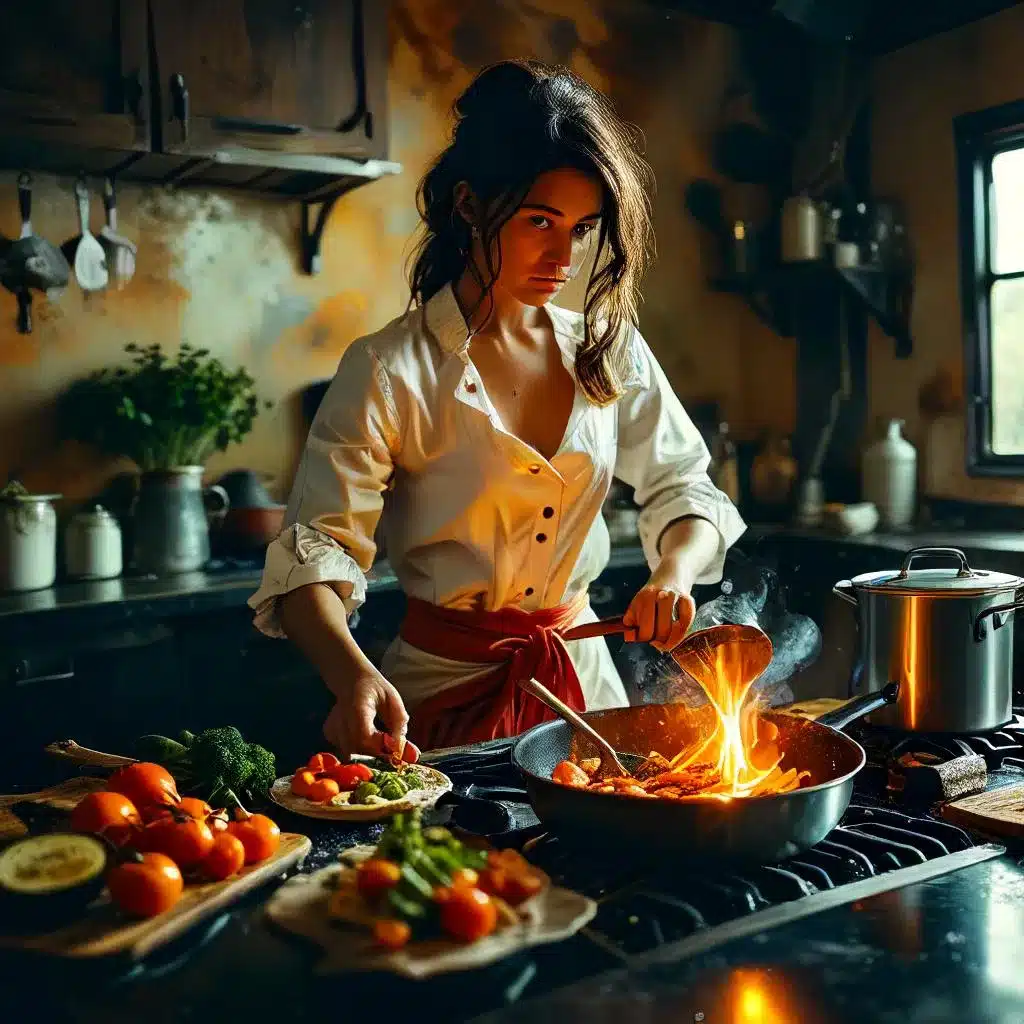Table of Contents
Food transcends mere sustenance; it serves as a vessel for history and culture, a chronicle of human experience. The true depth of culinary tradition lies not in written recipes but in the shared moments of preparation and consumption. The act of cooking and eating becomes a form of storytelling, where flavors and aromas evoke memories and connect individuals to their past. A cooking vacation is a great example of how this tradition is passed down through hands-on experiences. Context and storytelling are essential for understanding the significance of food as they reveal the cultural narratives woven into each dish.
The Inheritance of Flavor: Tradition in Every Ingredient
The alchemy of tradition lies in the careful selection of ingredients and the transmission of cooking techniques across generations. Each ingredient carries a story, a connection to a specific place and time. Cooking techniques, honed over centuries, evolve with time, reflecting the changing landscape of culture and society. Food becomes a tangible link to one’s heritage, a sensory reminder of identity. These experiences are highlighted in a cooking vacation, where tradition is not just observed but participated in. For example, the use of saffron in paella speaks to the region’s history of trade and cultural exchange.
The Narrative on the Plate: Stories Told Through Food
Food acts as a powerful medium for preserving cultural memory, with dishes often representing historical events or cultural narratives. The act of cooking becomes a form of storytelling, where flavors and aromas evoke memories and connect individuals to their past. Migration and cultural exchange have profoundly impacted culinary traditions, creating a rich tapestry of flavors and techniques. A food tour France allows participants to experience these narratives firsthand, tasting the history and culture embedded in each dish. For example, the French bouillabaisse, a seafood stew, tells the story of the region’s fishing traditions and maritime history.
Role of Community in Preserving and Evolving Culinary Traditions:
| Role | Description |
| Transmission of Knowledge | Communities act as repositories of culinary knowledge, passing down recipes and techniques through generations. This ensures the continuity of cultural traditions. |
| Adaptation and Innovation | Communities adapt culinary traditions to changing circumstances, incorporating new ingredients and techniques while preserving the essence of the original dishes. This allows culinary traditions to evolve and remain relevant. |
| Preservation of Heritage | Communities play a vital role in preserving culinary heritage by celebrating traditional dishes and promoting their cultural significance. This helps to maintain cultural identity and prevent the loss of culinary traditions. |
| Social Connection | Shared cooking experiences create bonds and foster social connections within communities. Food becomes a vehicle for cultural exchange and understanding. |
| Cultural Celebration | Communities use food as a means of celebrating cultural identity and heritage. Festivals, gatherings, and special occasions often revolve around traditional dishes, reinforcing cultural values and traditions. |
| Economic Sustainability | Communities can support local producers and preserve traditional food systems through the production and consumption of traditional dishes. This contributes to the economic sustainability of cultural heritage. |
The Sensory Journey: Tasting Through Time
Taste and smell possess an extraordinary power to evoke memories and transport individuals to different times and places. Food becomes a sensory archive, a collection of experiences that connect us to our past. Shared meals foster cultural understanding, creating a space for stories and traditions to be passed down. Amalfi Coast cooking vacations engage the senses and create lasting memories, allowing participants to experience the region’s culinary heritage on a profound level. For instance, the aroma of freshly baked bread can evoke childhood memories of family gatherings and cultural traditions.
The Living Recipe: Community and Culinary Connection
Community plays a crucial role in preserving and evolving culinary traditions. Shared cooking experiences create bonds and foster cultural exchange, strengthening social ties. Food becomes a bridge between generations and cultures, connecting people through a common language of flavor. The act of cooking together, sharing recipes, and celebrating food traditions reinforces cultural identity and heritage. This is a crucial element of the experience in a cooking vacation, where people can share their love of food.
The Enduring Flavor: Sharing the Culinary Story
The true essence of culinary tradition lies not just in the recipes themselves but in the stories and experiences that surround them. Food is a living testament to history and culture, passed down through generations and shared among communities. To truly understand a dish is to understand its context, its ingredients, and the people who created it. The act of sharing food becomes an act of sharing culture, a way to connect with the past and build bridges to the future.
Conclusion
Our exploration of culinary traditions shows us that food is a vibrant, living history, far beyond simple sustenance. The authentic narratives of our meals are not captured in written recipes but rather in the collective experience of cooking, the rich flavors that arise from cultural interaction, and the sensory landscape of shared meals. To truly grasp the essence of food traditions, one must participate and connect, whether through a cooking vacation or a food tour. The story of food is ultimately a lived experience, demonstrating its powerful ability to bridge past, present, and people.


